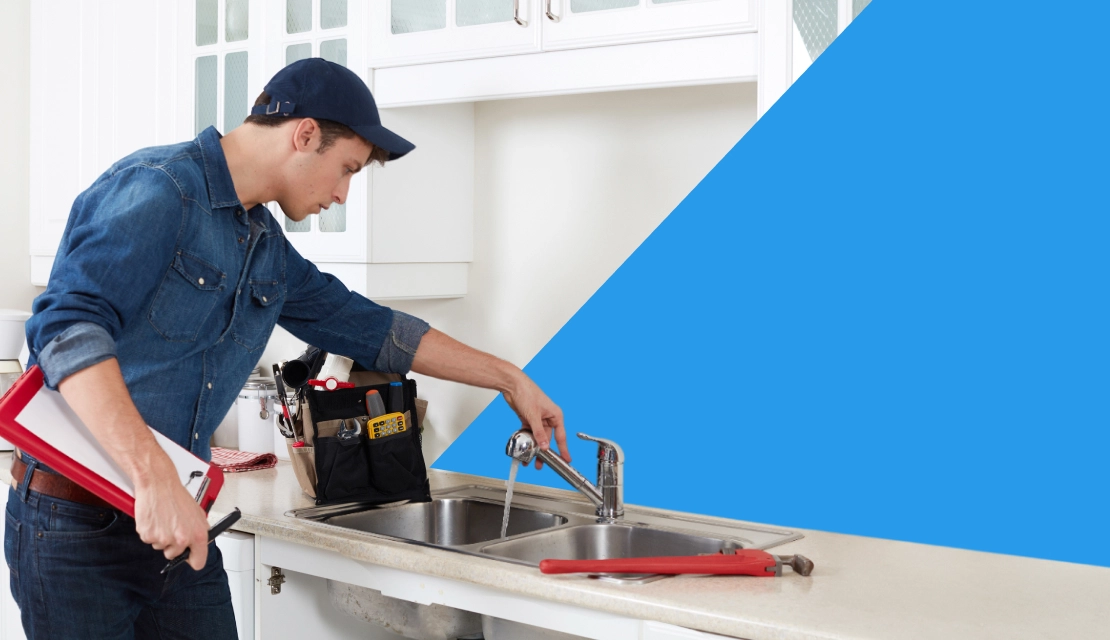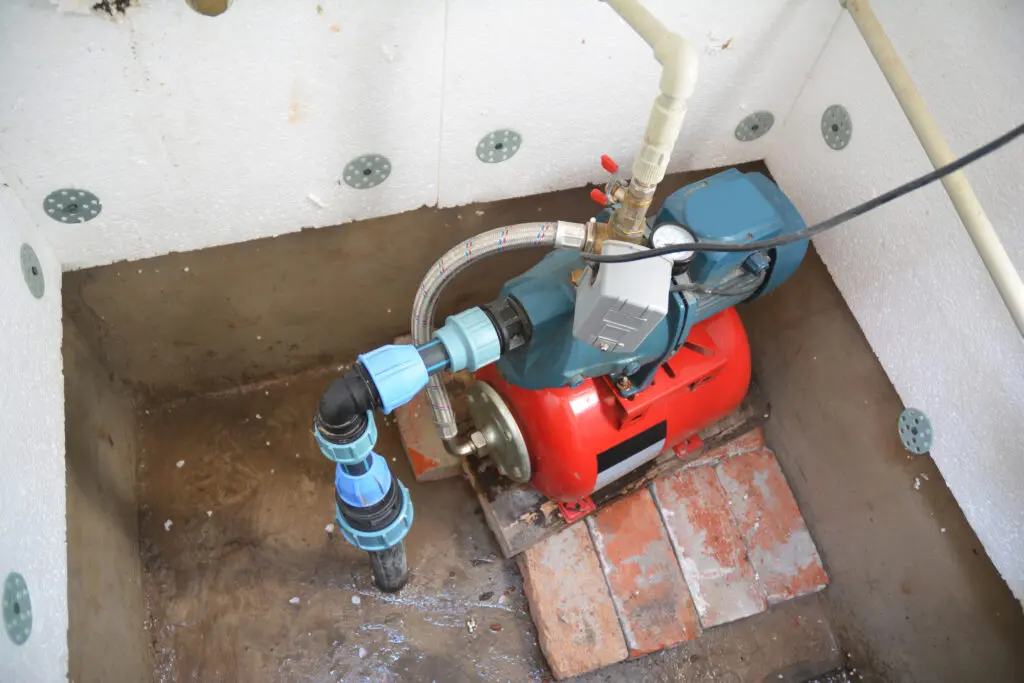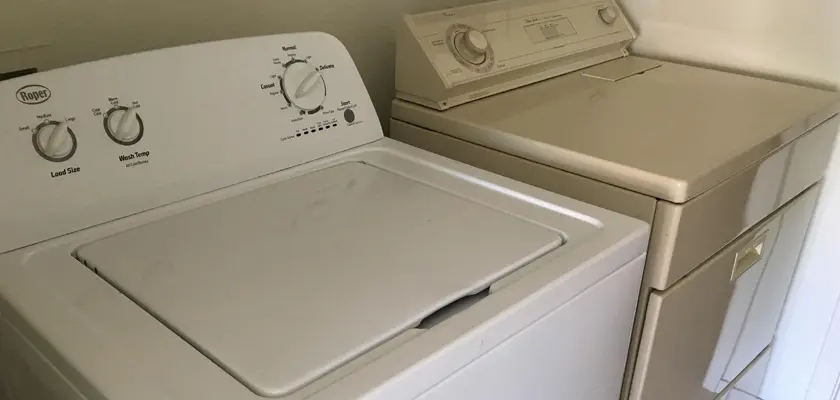
You can plan for your mortgage. You can plan for your utilities. But what if your water heater gives out or your roof starts dripping during a rainstorm? That’s when the numbers in your budget start to get tricky. And the real question is – will you be ready? Budgeting for unexpected home repairs is the difference between handling a surprise expense calmly and scrambling to cover the cost.
These aren’t “if” situations, but they are “when” situations. Think of it as your financial safety net for the inevitable: a leaky roof, a broken HVAC, a fridge that suddenly quits just before a holiday dinner.
You never know which repair will come first or how much it’ll set you back. But you can be financially prepared. Without a plan, these repairs can force you to dip into savings, swipe the credit card, or put off other important expenses.
Set aside a little each month and track your home’s maintenance needs. Planning for worst-case scenarios can save you from the stress that often comes with surprise repairs.
In this guide, we’ll show you how to build a budget that works for your unanticipated home repairs. So, when your home decides it needs attention, you are ready to take care of it without stress.
Big repair bills don’t just appear out of nowhere. There is usually one or more reasons behind them. Knowing what is likely to wear out or break down can help you plan ahead. Factors that play a crucial part in influencing your repair expenses include:
Creating a home budget might not sound exciting, but it’s a habit that can be the key to avoiding financial headaches when repairs pop up. A little planning now can make budgeting for unexpected home repairs manageable. Take a glance at the four simple strategies.
Set aside 1%–4% of your home’s value each year for maintenance and repairs. For example, if your home is worth $250,000, your savings should be roughly around $210–$830 per month. This steady approach builds a financial cushion for when something breaks.
The Formula you need to keep in mind to figure out savings per month:
Monthly Savings Amount = (Your Home’s Value × 1%–4%) ÷ 12
Hiring a home inspector can give you insight into how long your roof, HVAC, plumbing, and other systems are likely to last. Knowing what’s coming up helps you plan your savings more accurately.

If you have built up equity, a HELOC can offer access to funds for major repairs. Just remember, it’s a loan backed by your home, so weigh the risks carefully.
A reliable home warranty by a trusted provider can offset repair or replacement costs for covered systems and appliances. Here, monthly fees are predictable, which makes it easier to manage surprise breakdowns.
For instance, if you live in Southern California, sudden issues like HVAC breakdowns during scorching summers can be common. Having a home warranty in Los Angeles ensures you are financially prepared for these repair needs.
A big part of budgeting for repairs is knowing what’s coming. The easiest way? Keep a running home maintenance log and familiarize yourself with appliance repair costs in advance.
Start with regular maintenance to-dos, such as changing air filters, cleaning out gutters, and checking smoke detectors. Add those smaller jobs you want to tackle soon, like fixing that drafty window, along with bigger tasks for later, like upgrading flooring.
Mark each task with the date it is done. This way, you will have a clear timeline of what has been fixed, what’s next, and what might need replacing for good. This record also comes in handy if you decide to sell because buyers love seeing proof of consistent care.
Most homeowners face repairs they weren’t expecting, sometimes more than once a year. Older homes, especially, come with surprises: frozen pipes, a door lock that needs replacing, or a roof that drips after a storm.
This is why it makes sense to pad your emergency fund with a portion set aside specifically for home fixes.Even a modest amount set aside each month can cover things like repairing a broken window latch or fixing a faulty GFCI outlet.
You’re not required to save a fortune in one go. The goal is to have enough set aside to handle small issues before they become costly problems.
If something breaks, try to handle it sooner rather than later. Small issues left unattended tend to grow, and that means your repair bills could skyrocket. A leaking pipe today could lead to a water-damaged floor tomorrow.
Part of smart budgeting for unexpected home repairs means dealing with problems quickly to avoid spending more later. Handling issues promptly can keep costs down and prevent unnecessary damage.
More younger homeowners are choosing to do their own repairs instead of calling in professionals. It is a cost-effective way to manage repairs since you are cutting out labor expenses. Simple jobs such as repairing a cracked drywall, fixing a leaky faucet, or swapping out a light fixture are usually doable for beginners.

However, DIY isn’t always risk-free. Taking on something too complicated can backfire and lead to sky-high repair bills later. So, consider DIY for projects within your skill set, and don’t hesitate to get professional help if things start to feel overwhelming.
When done right, DIY can help you cut repair costs and feel good about maintaining your home yourself.
Routine maintenance keeps your home systems healthy and your budget intact. HVAC systems are expensive to repair, but often neglected until trouble arises. Scheduling tune-ups for your furnace and air conditioner every six months to a year can prevent bigger problems later on.
A plumber’s inspection every few years helps catch plumbing issues early, saving you from costly water damage or pipe replacements.
Some service providers give discounts if you schedule maintenance during slower times. So, keep an eye out for those deals as they might save you some money.
When you need a professional for a repair, it pays to get estimates from a few different contractors. Comparing quotes helps you spot prices that are unusually high or suspiciously low. Sometimes, you might save money by buying the materials yourself and just paying for labor.
Don’t hesitate to ask if there’s room to negotiate on the price. Contractors often expect some back-and-forth, so it’s worth trying to get a better deal.
As you budget for repairs, keep track of every expense. Besides protecting your finances, these improvements could add value to your home if you decide to sell someday.
Owning a home means preparing for the planned and the unplanned. Budgeting for unexpected home repairs helps you handle the latter without disrupting your lifestyle.
Homes age, seasons change, and repairs happen, and it’s all part of the story. But the best thing is when you are prepared, that story unfolds with less stress and more confidence. Planning ahead allows you to enjoy your space while knowing you can handle whatever comes your way.
When planning for repairs, factors you need to consider include your home’s age, condition, location, and potential unexpected issues. A rule of thumb is to save 1%–4% of your home’s value each year. Newer homes may only need around 1%, while older ones could require up to 4% for maintenance.
The ideal choice depends on the repair cost, urgency, project type, and repayment period. For value-adding projects, a HELOC or home equity loan can be smart. Smaller repairs might work well with a credit card offering low or no interest. On the other hand, personal loans fit both minor and major projects if home equity is limited. You should always compare rates, terms, and fees before deciding.
Your fund can cover routine upkeep, like replacing filters, sealing windows, or clearing gutters, as well as emergency repairs from storms, theft, or system failures. It’s a safety shield for both preventive maintenance and unexpected expenses, helping protect your house inside and out.
Disclaimer: The information in this article is intended to provide guidance on the proper maintenance and care of systems and appliances in the home. Not all the topics mentioned are covered by our home warranty plans. Please review your home warranty contract carefully to understand your coverage.
Our blogs and articles may link to third-party sites that offer products, services, coaches, consultants, and/or experts. Any such link is provided for reference only and not intended as an endorsement or statement that the information provided by the other party is accurate. We are not compensated for any products or services purchased from these third-party links.

Don’t wait until it’s too late! Check out our current plans and get your free quote.

Home Warranty
Having a well as your home’s primary water source can be great. You don’t need to rely on a municipal water utility company, which saves you money in the long..

Household Tips
Depending on the size of your family, you may use your washer and dryer anywhere from a few times a week to multiple times a day. So when your washer..

Household Tips
Buying a home is exciting. But maintaining it afterward? Not so exciting, but ten times more important. Also, smart homeowners know that a regular home maintenance checklist is the best..